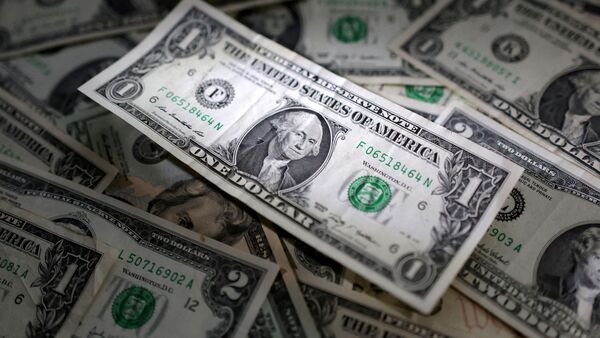Table of Contents
- The Crux
- The Debt Ceiling: Why Should You Care?
- The Chaos of Defaulting: A Potential Nightmare
- Is There a Way Out?
The Crux of the Debt Ceiling
Ever wondered how the US government pays its bills? Well, it borrows money by selling bonds. However, there’s a cap on how much it can borrow, known as the debt ceiling. At the moment, Uncle Sam has maxed out his credit card with a balance of $31.4 trillion.
Right now, they’re juggling finances and using every trick in the book (referred to as extraordinary measures) to keep the ship afloat2. But, these measures have a deadline, likely early June. If Congress doesn’t raise the debt ceiling by then, we’re staring at a possible default. That sounds scary, right? Let’s dive deeper.
Why Should You Care?
The US government, like many of us, spends more than it earns. This extra spending becomes the deficit, which accumulates over time, creating the national debt. Over the last 20 years, this debt has shot up almost 400%!
Here’s the kicker: Raising the debt ceiling doesn’t mean the government is splurging more. Instead, it’s like getting a bigger credit limit to pay for stuff you’ve already bought. So, why is it a big deal if the ceiling isn’t raised? Let’s find out.
The Chaos of Defaulting: A Potential Nightmare
Imagine if the US couldn’t pay its creditors. The repercussions would be disastrous. Bondholders, foreign governments, federal employees – all would be left high and dry. Not only would this tarnish America’s creditworthiness, but it would also likely spark a global financial crisis.
Think about it. Confidence in the dollar and US Treasury securities would plummet, potentially causing interest rates to soar and stock markets to tumble. Imagine a slowdown or even a contraction in economic activities. This is a grim picture, isn’t it? But can we avoid this mess?
Solving the Conundrum: Is There a Way Out?
The solution seems simple enough: Congress has to raise or suspend the debt ceiling. But here’s where it gets tricky. This move needs bipartisan support, and let’s just say, there’s been a shortage of that lately.
In the past, Republicans have wanted spending cuts in return for raising the debt ceiling, whereas Democrats believe settling the country’s dues shouldn’t be a bargaining chip. The last increase came in 2021 after an impasse that caused a partial government shutdown.
As of now, President Biden and Republican leader Kevin McCarthy are apparently close to an agreement to raise the debt ceiling for the next two years. But this deal still needs a majority from both parties to pass, and given the differing viewpoints and political pressures, it’s anyone’s guess how it’ll play out.
Will the US pull through this crisis and raise its debt ceiling in time? We can only wait and see. In the meantime, remember: economic matters may seem complicated, but they affect us all. It’s always good to stay informed.
The US Debt Ceiling Crisis: What It Means for Your Money and Future
